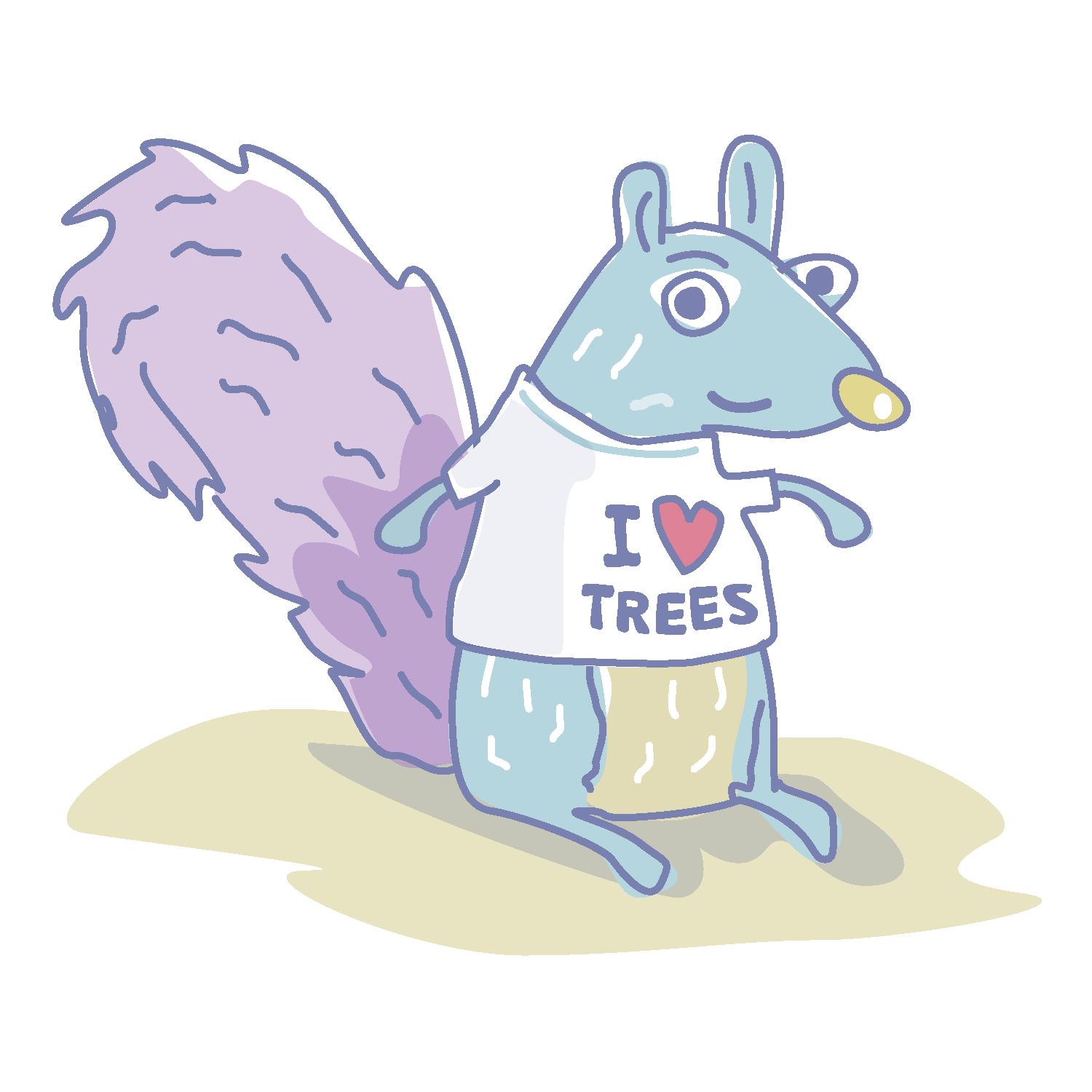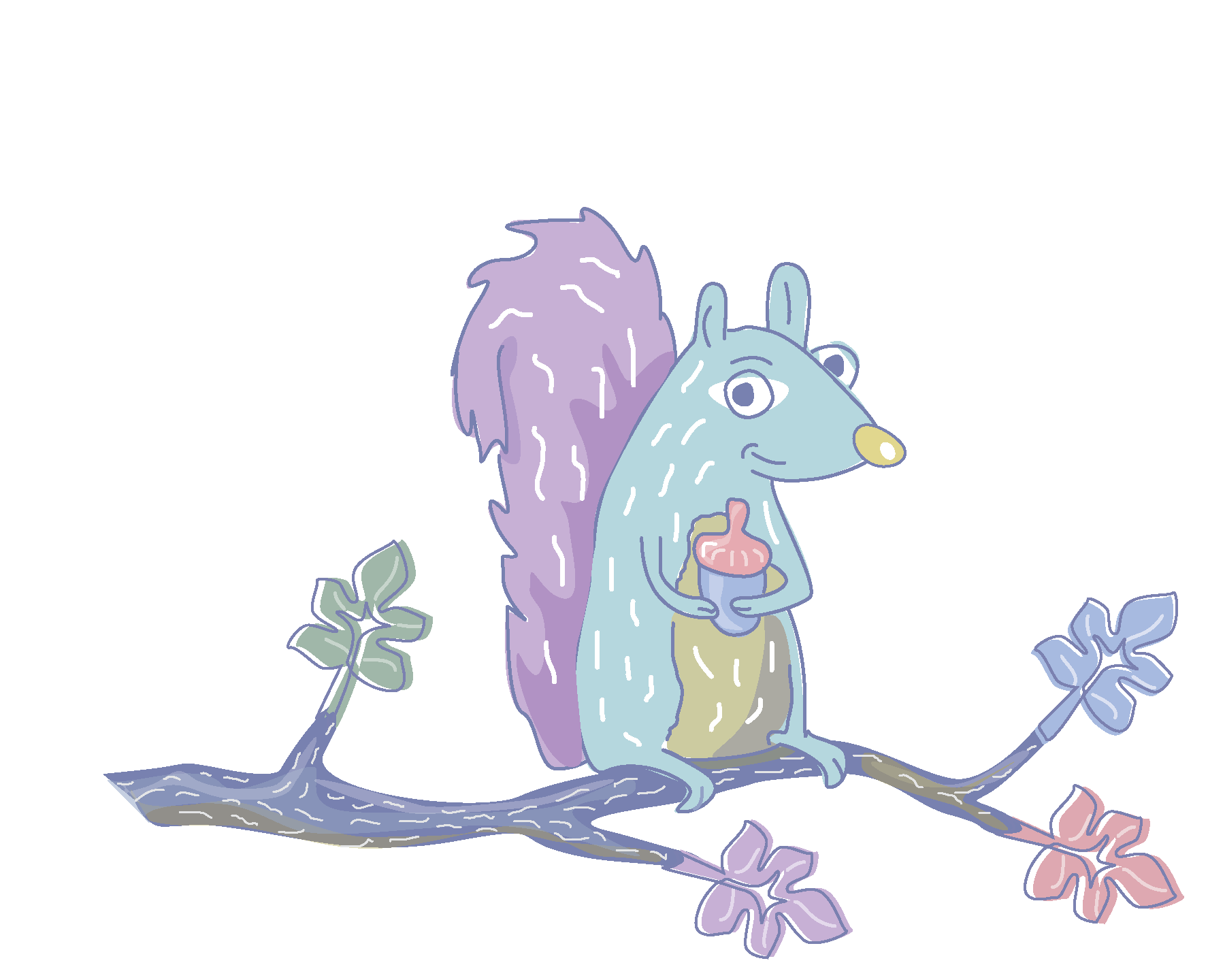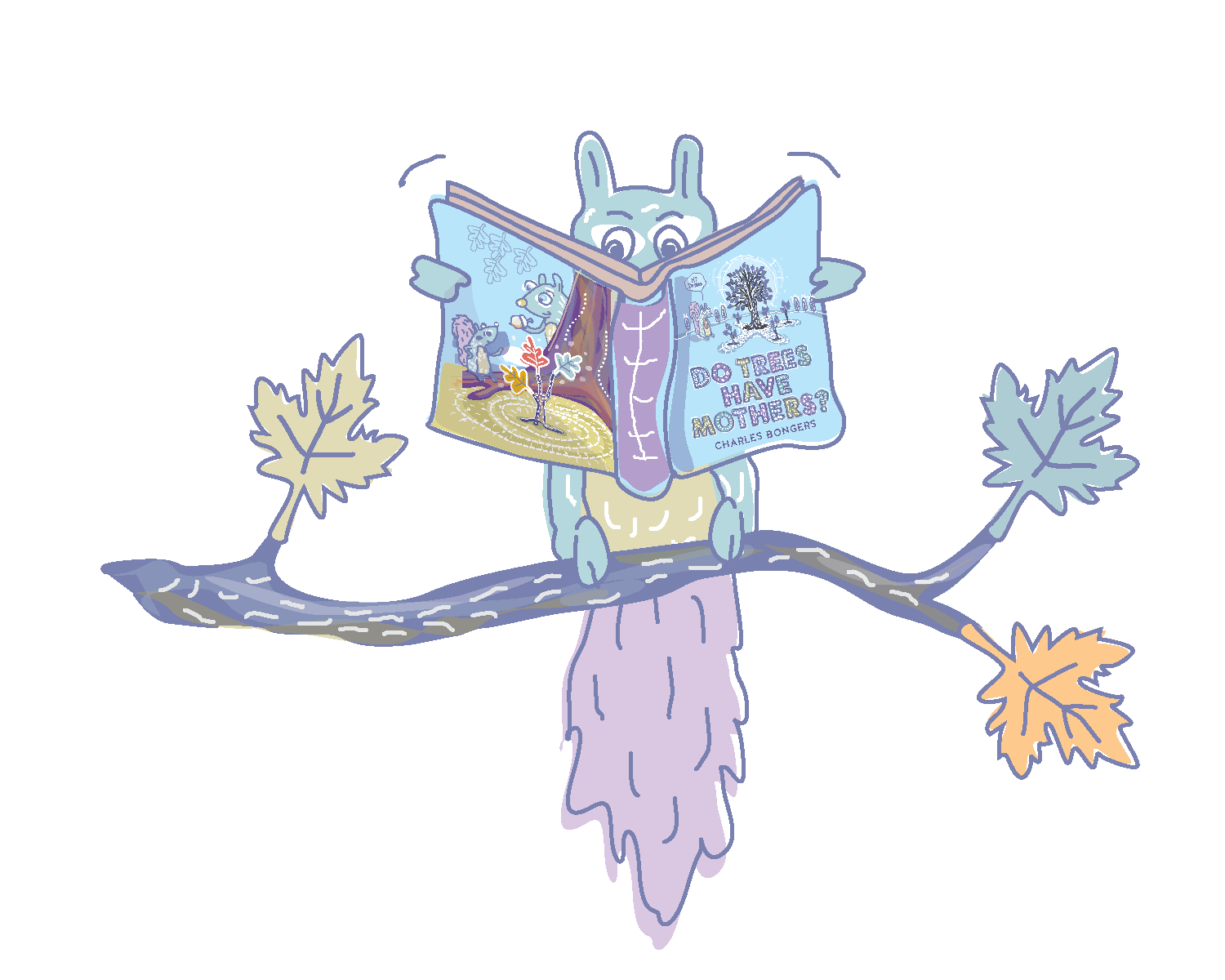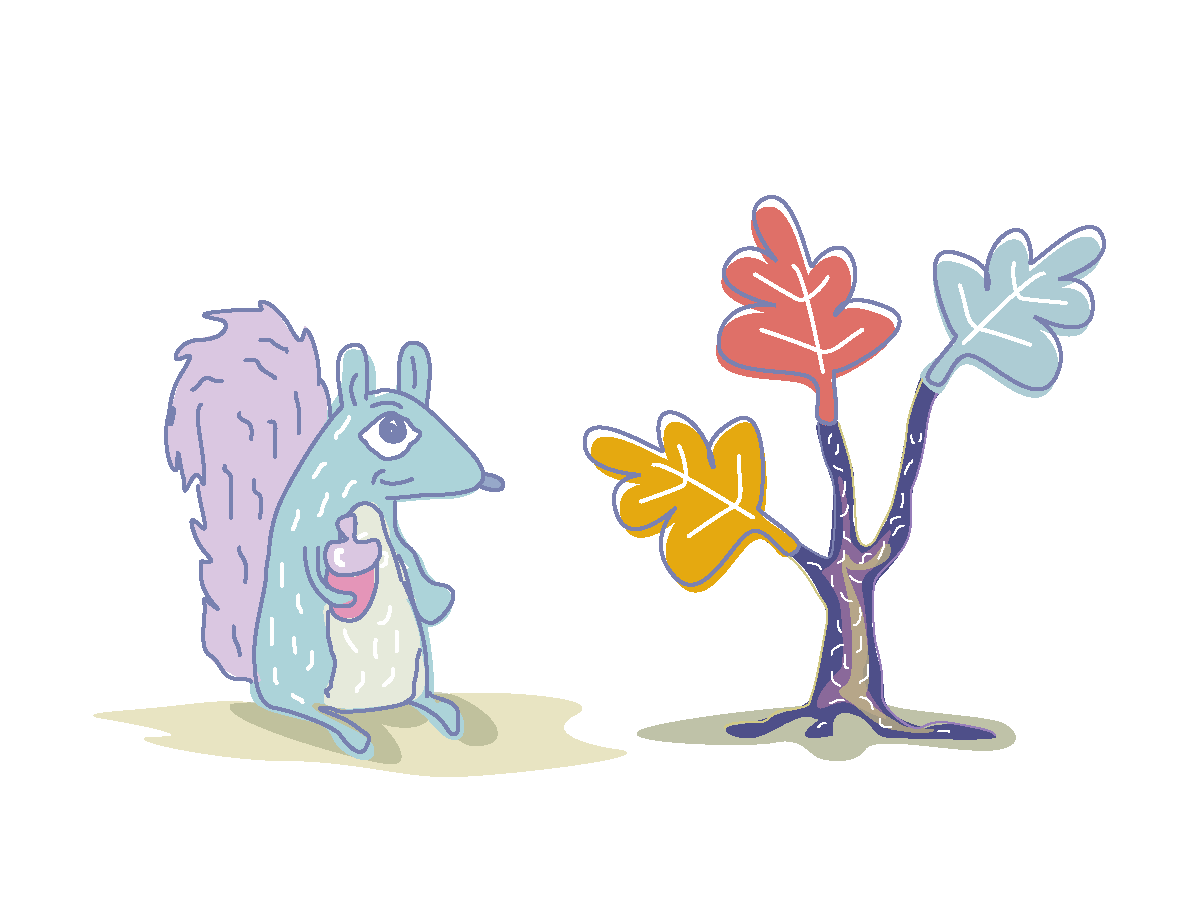Commissioned illustrations and paintings. From family fun at the cottage and chalet, to portraits, to books, to web brand design, to political satires for publications. From paints to pen and ink to digital, every assignment is unique.
( Represented by GALLERY 104 - New York and Laguna Art Gallery - California )
( Literary Agent: Cassandra Rodgers - The Rights Factory )
CHARLES BONGERS I CREATIVE DIRECTOR I BRAND DESIGNER | CONCEPT ILLUSTRATOR
CHARLES BONGERS I CREATIVE DIRECTOR I BRAND DESIGNER | CONCEPT ILLUSTRATOR
CHARLES BONGERS I CREATIVE DIRECTOR I BRAND DESIGNER | CONCEPT ILLUSTRATOR
CHARLES BONGERS I CREATIVE DIRECTOR I BRAND DESIGNER | CONCEPT ILLUSTRATOR
WRITTEN AND ILLUSTRATED BY CHARLES BONGERS


Hello Parents!
We hope you and kids enjoy this page with its many fun activities and learning facts. A special section has been added for grown-ups, at the bottom of this page, to provide interesting research and scientific information about the “Mother Tree”.
“This book will help a child to build a lifelong connection to nature by learning about the secret and tender life of trees and the magical web of life that surrounds and supports us.”―Tara Zupancic, MPH, Public Health Scientist


“Nuts” can’t wait to meet your kids!
Have fun reading, colouring and exploring the forest.

Do Trees Have Mothers? was written and illustrated by Charles Bongers to help spark a connection to nature among a new generation of young people. As research tells us, the earlier you introduce a child to the natural world, the more likely they are to feel a responsibility as its future custodian… and THAT’S A REALLY GOOD THING!!
Go find a Mother Tree
Look around! The mother tree is always the easiest one to spot. It’s the really big one in the middle of all the offspring. Trees are capable of communicating and learning. Mother trees teach their saplings to detect danger and even to call out when they are thirsty. If one of the youngsters gets sick, the mother tree will nourish it with carbon and nutrients.


Use the senses to connect with the forest
When our senses are alert, we connect with nature’s rhythm. That helps our bodies and minds find a place of calm and focus. We feel refreshed, restored and in tune with the natural world around us!
Take a walk in the forest and ask your kids to stand quietly touching a tree, as they close their eyes...
LISTEN carefully to the forest noises. What do they hear? birds? insects? rustling leaves? wind in the trees? falling twigs?
SMELL the pine needles and rich soil.
TOUCH and FEEL the texture of the bark and the crackling leaves.
TASTE a breath of fresh forest air. Let your kids know that the air we breathe in is the fresh air that the trees breathe out. The air we breathe out is the air that they breathe in.
Now, ask the kids to open their eyes and LOOK. They will SEE the wonder of the forest; saplings at their feet, an ant carrying away a leaf, a newly fallen acorn ready to seed or feed “Nuts”, the twinkling sunlight pushing through the leaves.
In Japan, “forest bathing” is part of their daily lives. The Japanese call it “Shinrin-yoku”. Its proven health benefits mean it's even recognized by their national health system!

WHAT IS "SHINRIN-YOKU"? (森林浴)
The term Shinrin-yoku was coined by the Japanese Ministry of Agriculture, Forestry and Fisheries, in 1982, and can be defined as making contact and taking in the atmosphere of the forest.
THE BENEFITS OF "SHINRIN YOKU"
"Forest bathing" is good for both physical and mental wellbeing. It's proven to reduce the production of stress hormones, improve feelings of happiness and free up creativity, as well as lower heart rate and blood pressure, boost the immune system and accelerate recovery from illness.
Some fun forest facts

Trees have been around for 370 million years. That’s 310 million years before humans existed.

Plants grow faster listening to music…amazingly true!


Adding 1 tree to an open pasture will increase bird biodiversity from almost zero species to as many as 80 species.
Fungi are neither plants nor animals. They have their own eukaryotic kingdom of life.

A handful of forest soil contains 3 million to 50 billion bacteria and 500,000 to 100 million individual fungal cells, all connected together.

A seed from a baobab tree is digested and deposited many miles away… with a very fertile start. :)

A large oak tree can drop as many as 10,000 acorns during a ‘boom’ year of growth. This gives the acorns a better chance of germinating before our acorn-eating friends arrive for lunch.
Some not so fun facts
Eco-anxiety is real.
In a recent study at The University of Bath (Caroline Hickman) with 10,000 young people aged 16-25, across 10 countries:
• 75% said they were frightened by the future, due to climate change
• 56% thought humanity was doomed
• 45% said their feelings about climate change negatively affected their daily lives
We need more trees in our lives!
Mother tree science references
There are many research studies that support the ways in which “mother trees” connect with the forest around them.
Reference:
The mother tree:
Simard, Suzanne. “The Mother Tree Project.” https://mothertreeproject.org/.
Trees can help each other:
Simard, Suzanne, David A. Perry, Melanie D. Jones, David D. Myrold, Daniel M. Durall, and Randy Molina. “Net Transfer of Carbon Between Ectomycorrhizal Tree Species in the Field.” Nature 388, no. 6642 (1997): 579–82. https://doi.org/10.1038/41557.
Trees learn and remember:
Gagliano, Monica, Michael Renton, Martial Depczynski, and Stefano Mancuso. “Experience Teaches Plants to Learn Faster and Forget Slower in Environments Where It Matters.” Oecologia 175, no. 1 (2014): 63–72. https://doi.org/10.1007/s00442-013-2873-7.
Trees communicate with each other:
Gagliano, Monica, Stefano Mancuso, and Daniel Robert. “Towards Understanding Plant Bioacoustics.” Trends in Plant Science 17, no. 6 (2012): 323–25. https://doi.org/10.1016/j.tplants.2012.03.002.
Rhodes, Christopher J. “The Whispering World of Plants.” Science Progress 100, no. 3 (2017): 331–37. https://doi.org/10.3184/003685017x14968299580423.
Maffei, Massimo & Wilhelm, Boland. (2007). “The Silent Scream of the Lima Bean.” Paper presented at Chemical Ecology: The Variety of Secondary Metabolites, Jena, Germany, June 2007. https://doi.org/10.13140/2.1.4887.6806.

Join us with your kids to learn more about the forest @dotreeshavemothers
HAPPY READING AND PLAYING!





